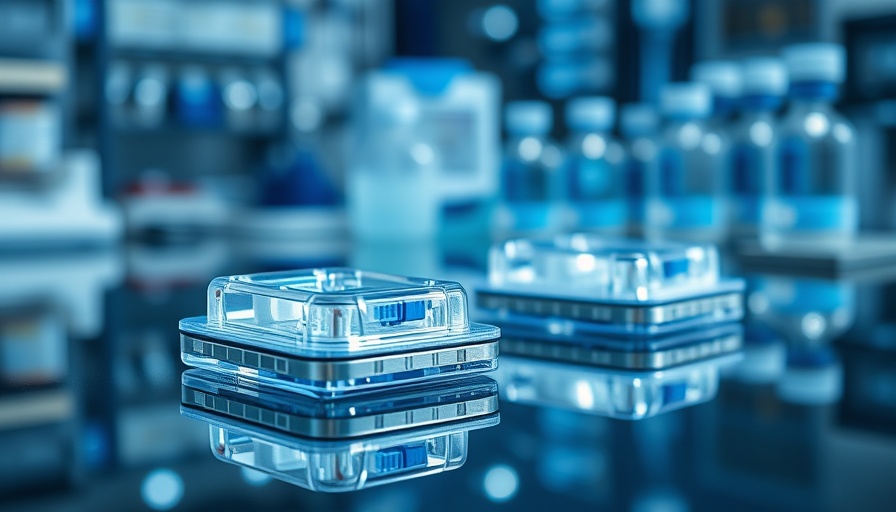
The Dawn of Reusable Biosensors: A Game Changer for Diagnostics
In an exciting breakthrough in biotechnology, researchers at the California Institute of Technology (Caltech) have made significant advancements in the realm of biosensors using a technique known as DNA origami. This innovative method promises not only cost-effective solutions for biomarker detection but also facilitates reusable sensors that can detect proteins in human bodily fluids, potentially revolutionizing how diagnostics are conducted.
Understanding DNA Origami: The Building Blocks of Biosensors
DNA origami, a concept first introduced by Paul Rothemund in 2006, leverages the self-assembly abilities of DNA to create intricate nanoscale structures. This involves folding a long strand of DNA into specific shapes by attaching shorter strands or "staples" that guide the form as it assembles. The recent modifications to this method have led to the development of a lilypad-like structure that can be used for electrochemical detection of both nucleic acids and proteins.
How the Lilypad Biosensor Works: A Step-by-Step Process
The heart of this new biosensor technology lies in its lilypad structure. When an analyte—a molecule of interest such as a protein—binds to the DNA strands on the biosensor, it triggers a movement that draws the lilypad closer to a gold electrode. This action effectively bridges the gap allowing approximately 70 redox-active reporter molecules to come into contact with the electrode, thereby generating an electric current. The intensity of this current correlates to the amount of target analyte present, making for precise and quantifiable measurements.
Advantages of Modular Design: Flexibility and Reusability
One of the standout features of this new biosensor is its modularity. Scientists can reconfigure the lilypad to detect different proteins simply by altering the DNA strands attached to it. This versatility means that rather than needing to redesign entire sensor systems for new applications, researchers can simply use different molecular adapters to switch targets. Moreover, initial tests have shown that these sensors can be reused multiple times, with the potential to conduct four or more rounds of testing before performance declines.
The Future of Diagnostics: Implications and Applications
What does this mean for the healthcare landscape? The advent of reusable biosensors can dramatically cut down the time required for diagnostic testing by allowing on-site analyses rather than sending samples off to labs. Not only could this lead to swifter results but also reduce costs associated with laboratory tests, translating to better access to healthcare.
Furthermore, as biosensing technologies evolve, they could provide significant contributions to proteomic studies. Current research indicates that these sensors are adaptable enough to analyze many different proteins within a single sample, enhancing our ability to interpret complex biological information.
Collaborative Efforts and the Bigger Picture
The research conducted at Caltech has been supported by renowned institutions such as the Army Research Office and the National Science Foundation, illustrating the collaborative spirit behind scientific innovation. As DNA manipulation techniques become increasingly refined, the potential applications for these sensors can extend beyond diagnostics into fields like environmental monitoring and even pharmaceutical developments.
Conclusion: Why This Innovation Matters
The new DNA origami-based biosensing system is not just a technological advancement; it symbolizes progress in the fight against diseases that currently plague millions. As industries shift increasingly towards tech-driven solutions, understanding and integrating such pioneering technologies will empower healthcare professionals and patients alike to adopt timely and effective diagnostic procedures.
Healthcare leaders and business professionals should stay abreast of these developments, as the integration of nanotechnology into diagnostics holds the key to transformative changes in both efficiency and effectiveness in patient care.
 Add Row
Add Row  Add
Add 




 Add Row
Add Row  Add
Add 

Write A Comment